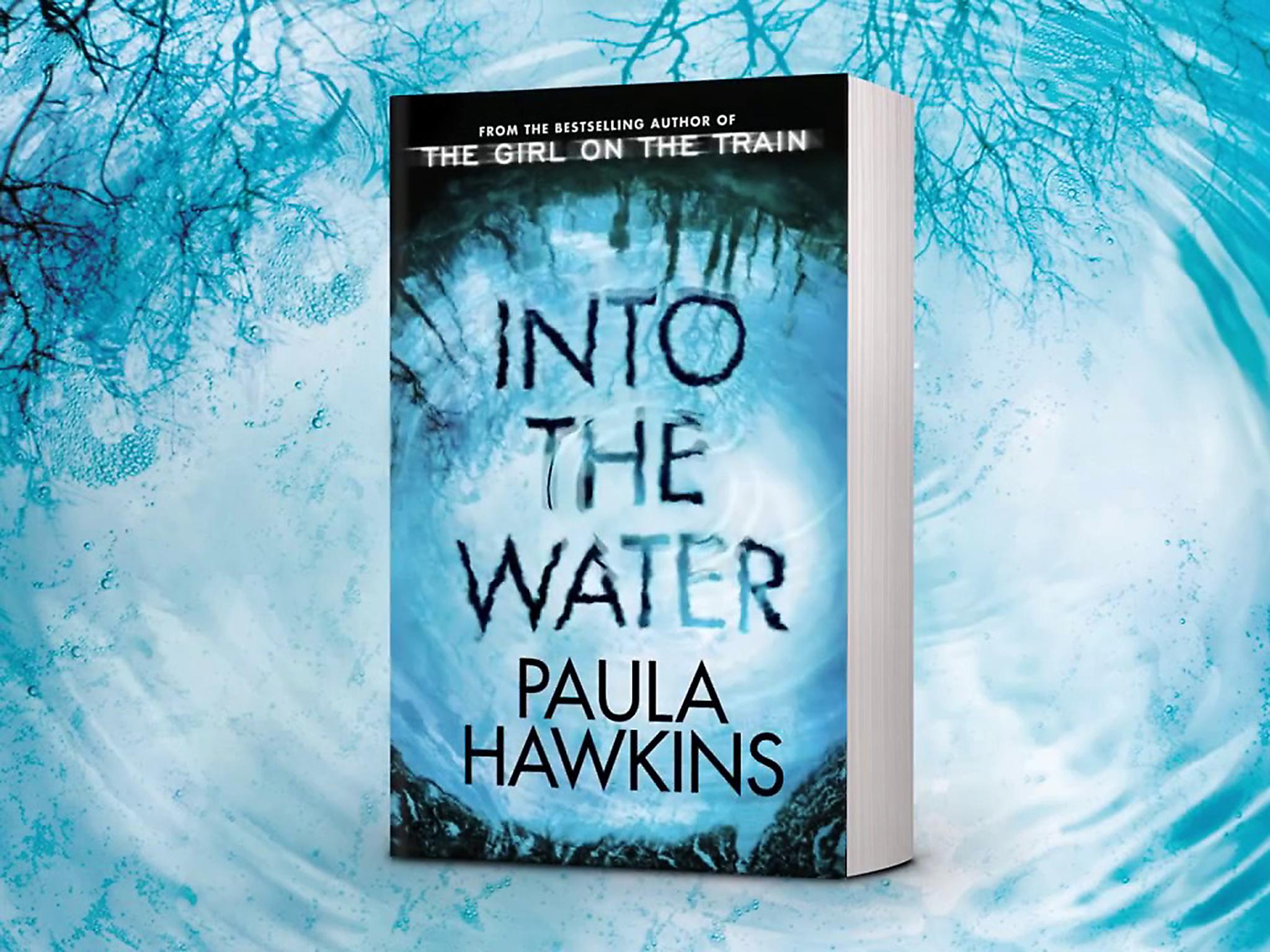The Girl on the Train author Paula Hawkins’ new thriller: Into the Water, review

Your support helps us to tell the story
From reproductive rights to climate change to Big Tech, The Independent is on the ground when the story is developing. Whether it's investigating the financials of Elon Musk's pro-Trump PAC or producing our latest documentary, 'The A Word', which shines a light on the American women fighting for reproductive rights, we know how important it is to parse out the facts from the messaging.
At such a critical moment in US history, we need reporters on the ground. Your donation allows us to keep sending journalists to speak to both sides of the story.
The Independent is trusted by Americans across the entire political spectrum. And unlike many other quality news outlets, we choose not to lock Americans out of our reporting and analysis with paywalls. We believe quality journalism should be available to everyone, paid for by those who can afford it.
Your support makes all the difference.There’s no doubt that Into the Water will sell a lot of copies. Like Paula Hawkins’ 2015 hit The Girl On the Train, this, her second thriller, is one that will appear on those “beach reads” round-ups and stick around on bestseller stands at airports for months to come. Then, just when even your friend who “doesn’t do books” has read it, the film will come out – the rights have already been sold – and it will start again, this time with a Hollywood A-Lister on the cover. But is it any good? Well, I won’t deny that I was semi-gripped. Not quite still-reading-it-on-the-Tube-escalator gripped, but sufficiently so that I eschewed company at lunchtime for a few days to finish it.
It’s a shame then that I expect I won’t be the only reader who got to the end and found it hard to care about the final reveal, mostly because it’s hard to keep track of and emotionally invest in the myriad of characters.
Into the Water is set in the fictional town of Beckford, Northumberland, and unlike Hawkins’ small cast in TGOTT, which was limited to the inhabitants of a couple of houses, this covers a whole community. It’s told from 11 different perspectives, confusingly, some in the first and others in the third person. The majority of the chapters follow the fallout after the death of Danielle “Nel” Abbott in August 2015. She apparently jumped to her death into the so-called Drowning Pool, a spot that has been the location of a number of “suicides” over the years, and that was the subject of Nel’s latest photography book – and obsession. She believed that, rather than suicide, there was something more sinister going on, that Beckford was "a place to get rid of troublesome women”. There are also flashbacks to Nel and sister Julia’s teenage years, when an overweight 13-year-old Julia – now slimmed down and re-branded as “Jules” – was much mocked by her glamorous, popular older sister. Interspersed are the stories of the historical deaths at the pool, as well as an excerpt from Nel’s unpublished tome.
Those we get the closest to are Jules and Nel’s rebellious 15-year-old daughter, Lena. We also frequently hear from Sean, the detective assigned to his case, who has his own tragic connection with the Drowning Pool. There is not much light in this book. All the families have been touched by tragedy, including the Whittakers, whose daughter Katie, Lena’s best friend, seemingly took her own life in the pool a couple of months before. The men are universally nasty – rapists, adulterers, paedophiles, killers, all liars – and the women are unlikeable for the most part. And I may have been watching too much Line of Duty, but it feels like you can’t trust any coppers anymore. There are two dodgy ones in this: Sean and his cat-killing father Patrick. As with The Girl on the Train, and the whole “grip-lit” genre, the reader has learnt to trust no narrator and that clues will be so buried you will almost definitely miss them.
Into the Water is ambitious in scope. Hawkins has talked in interviews about how she wants to probe familial and sibling relationships, as well as unreliable memory. Big, interesting themes, none of which are given enough pages. The desire to build suspense and feed us red herrings is detrimental to character development. Jules and Lena might be the characters we have the best sense of here, but even their voices aren’t distinct enough – they all blur into one. It also doesn’t help that there is a pervading theme of supernatural, in the form of local psychic Nickie Sage, perhaps intended as another red herring, but a turn-off for any fans of empirical evidence.
The plot was as twisting as Beckford’s gloomy river, but by the time I got to the final turn, on the very last page, I felt I would need to go back to the beginning to make sense of it all. A good beach read, yes, but one that you may have forgotten by the time you’ve come back from your next dip in the sea.
Join our commenting forum
Join thought-provoking conversations, follow other Independent readers and see their replies
Comments